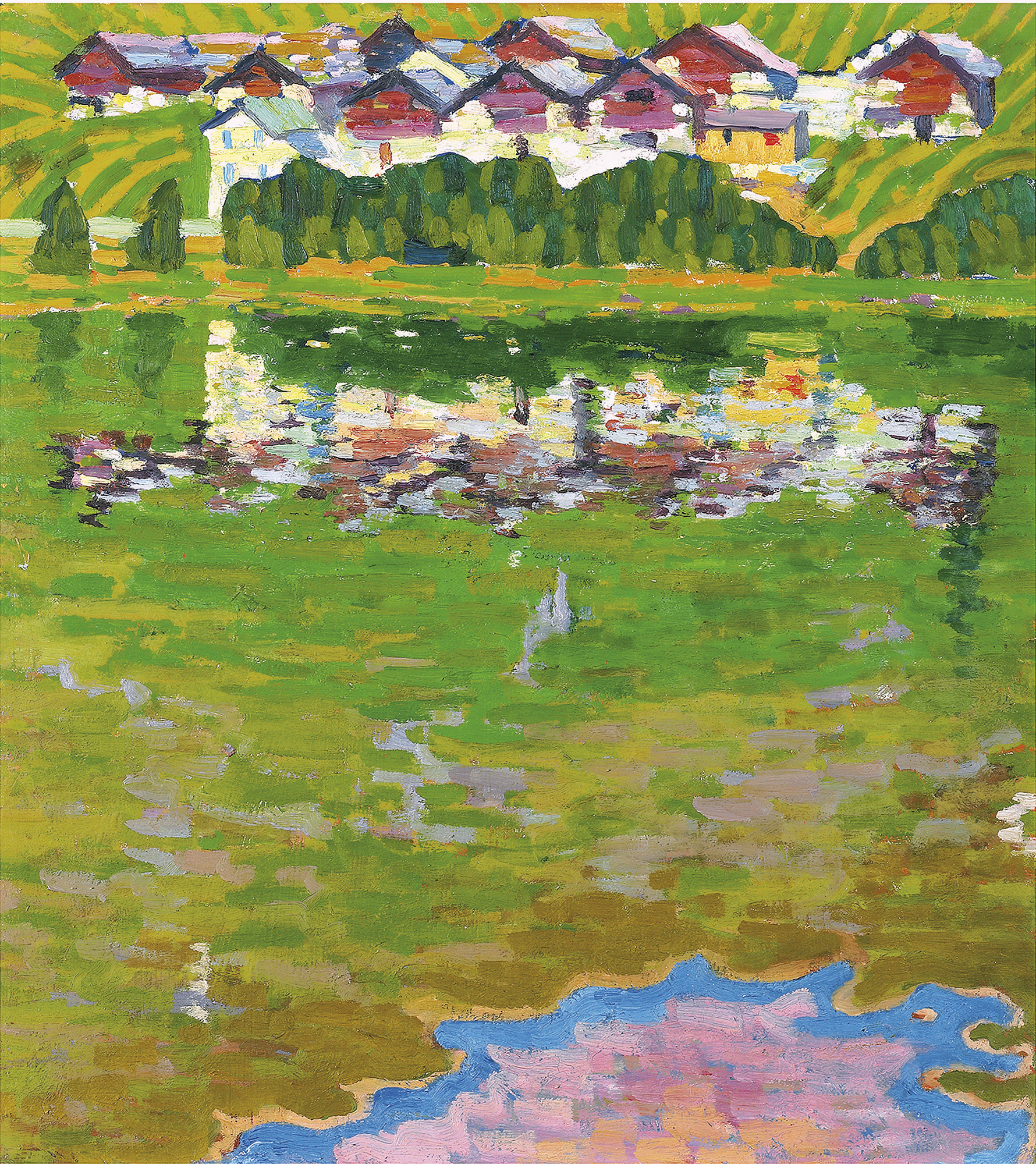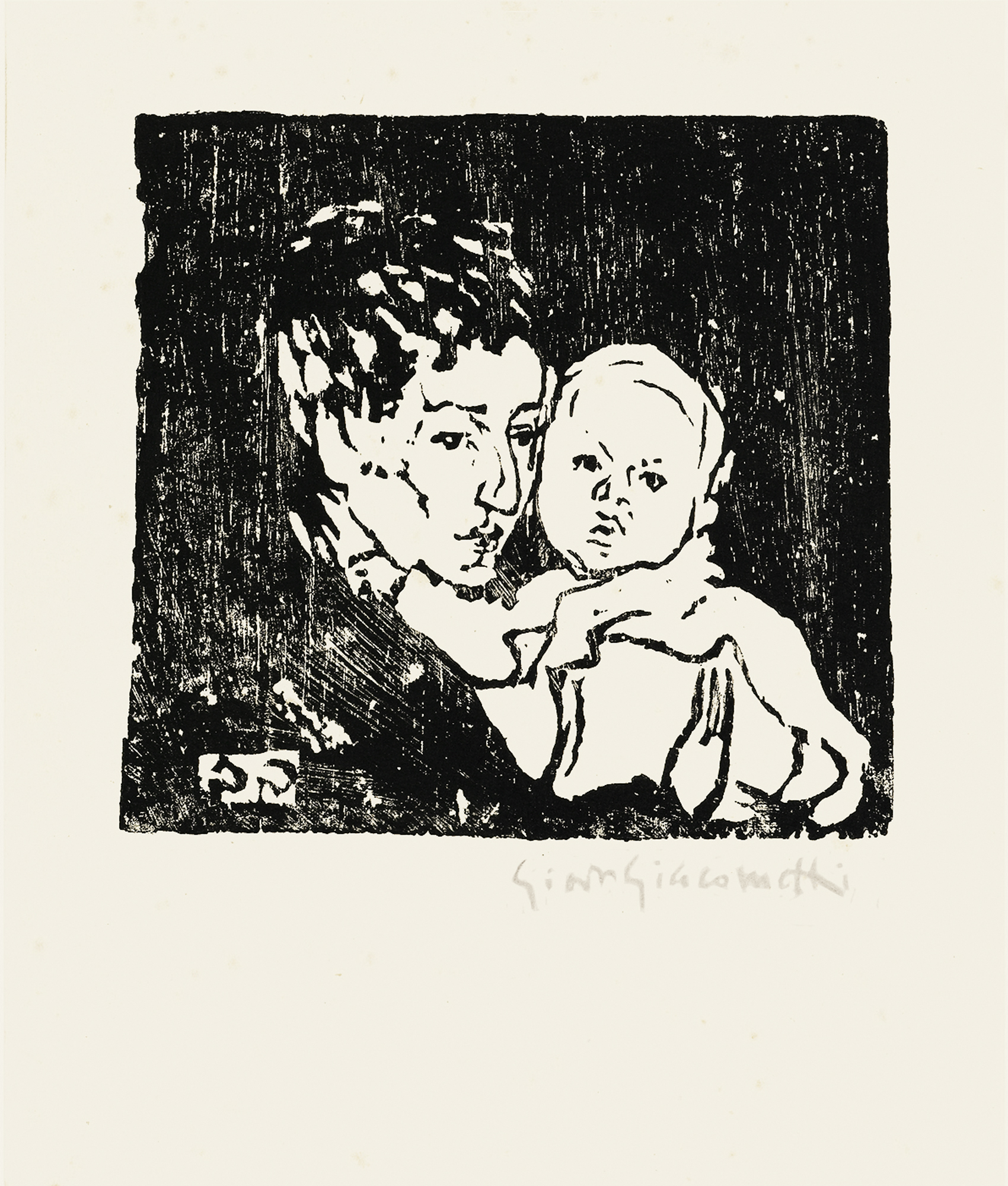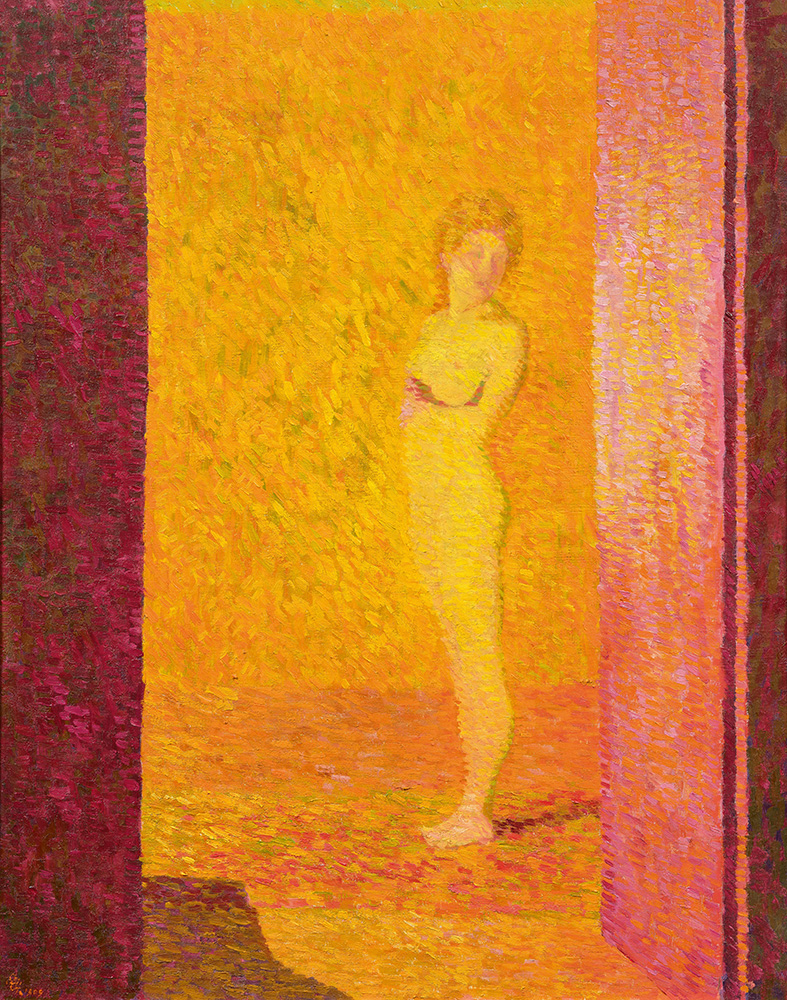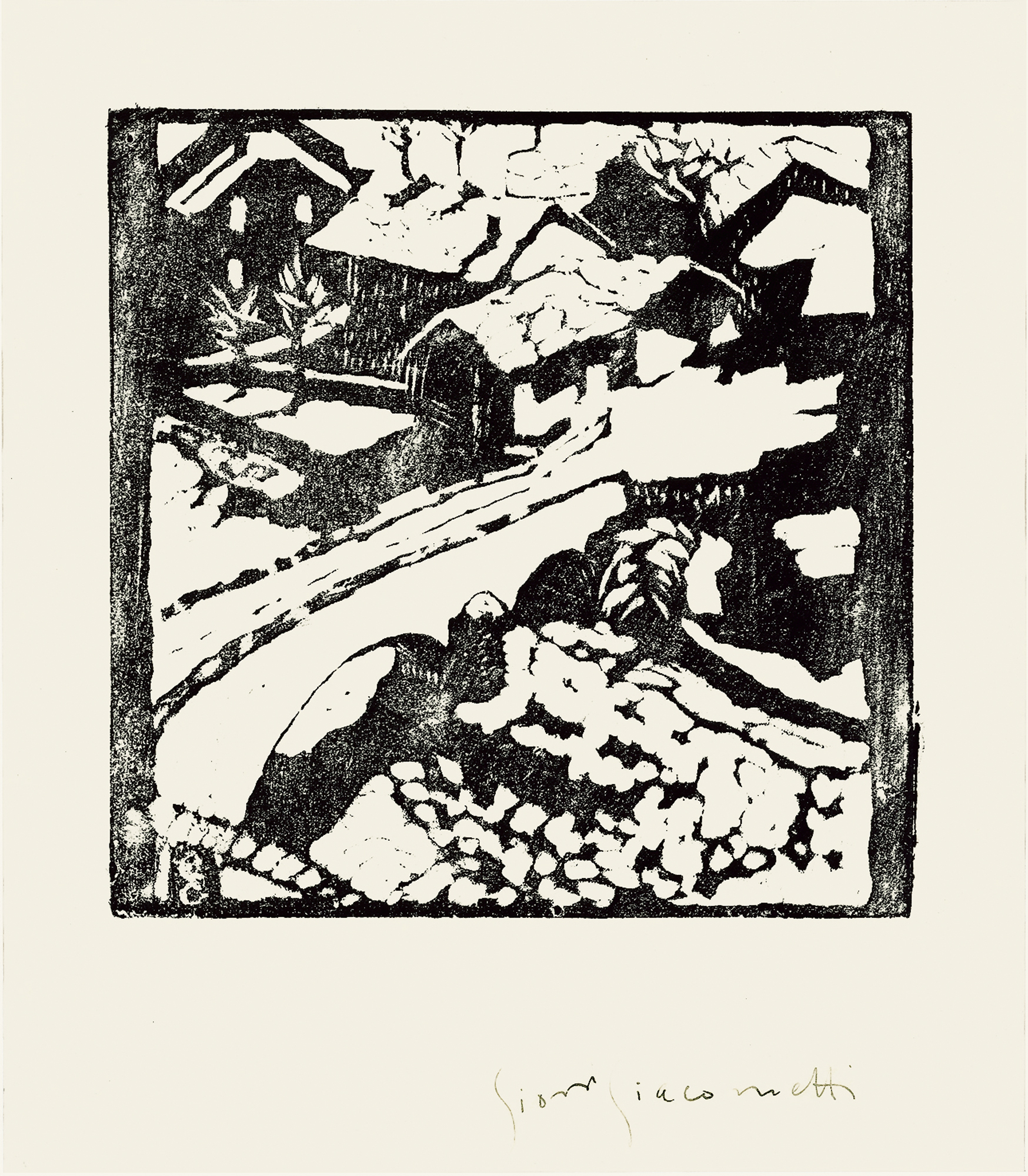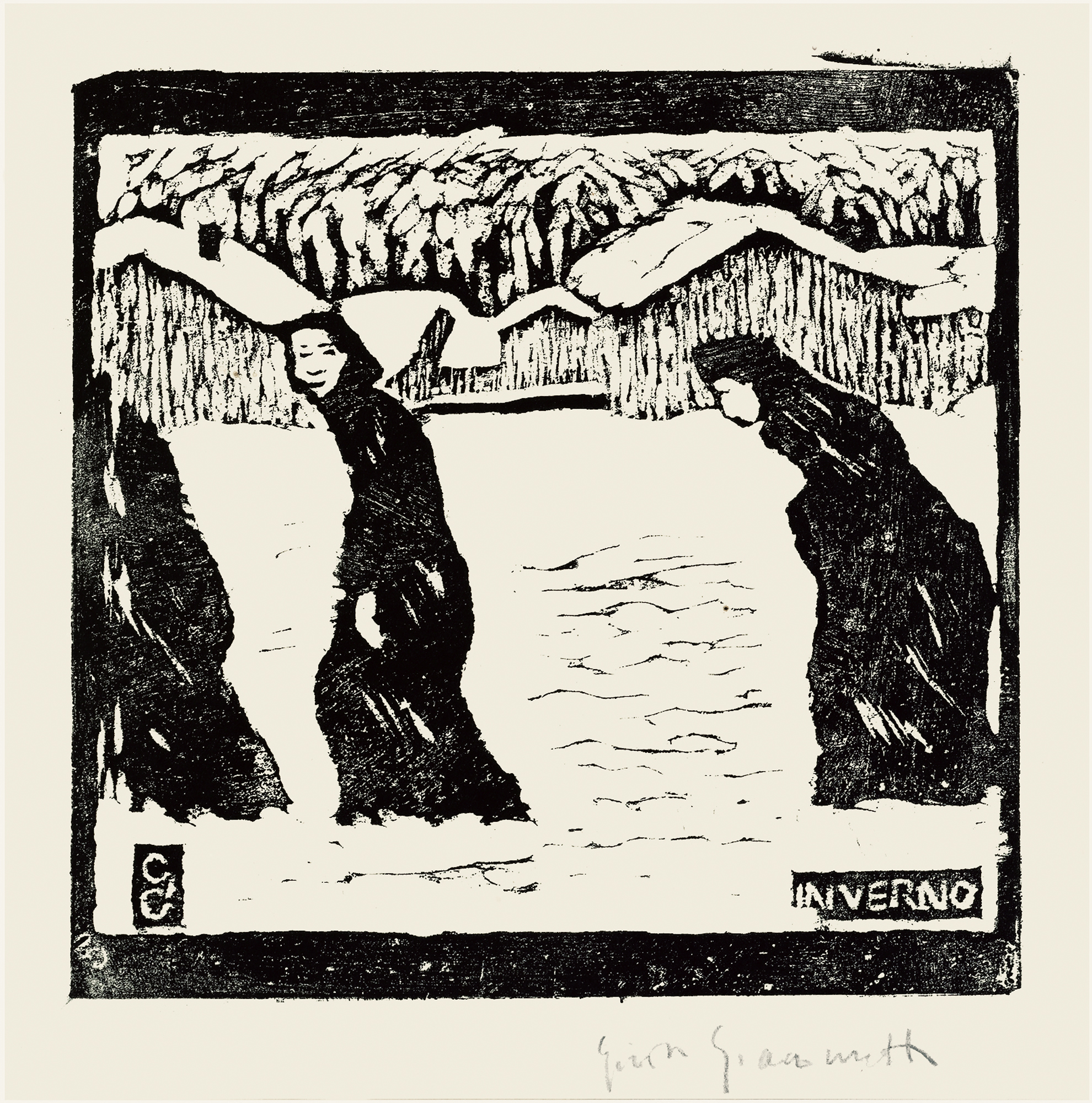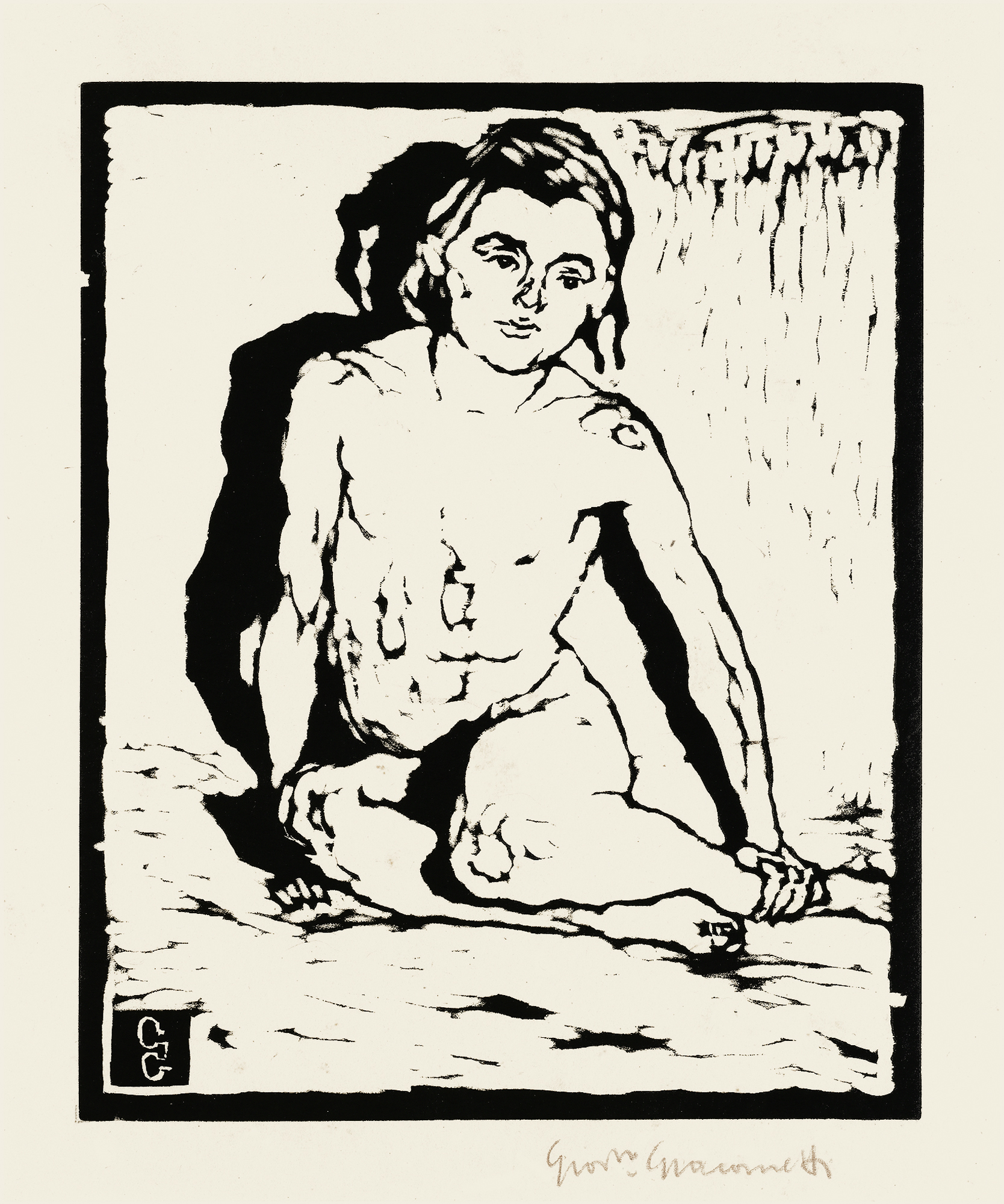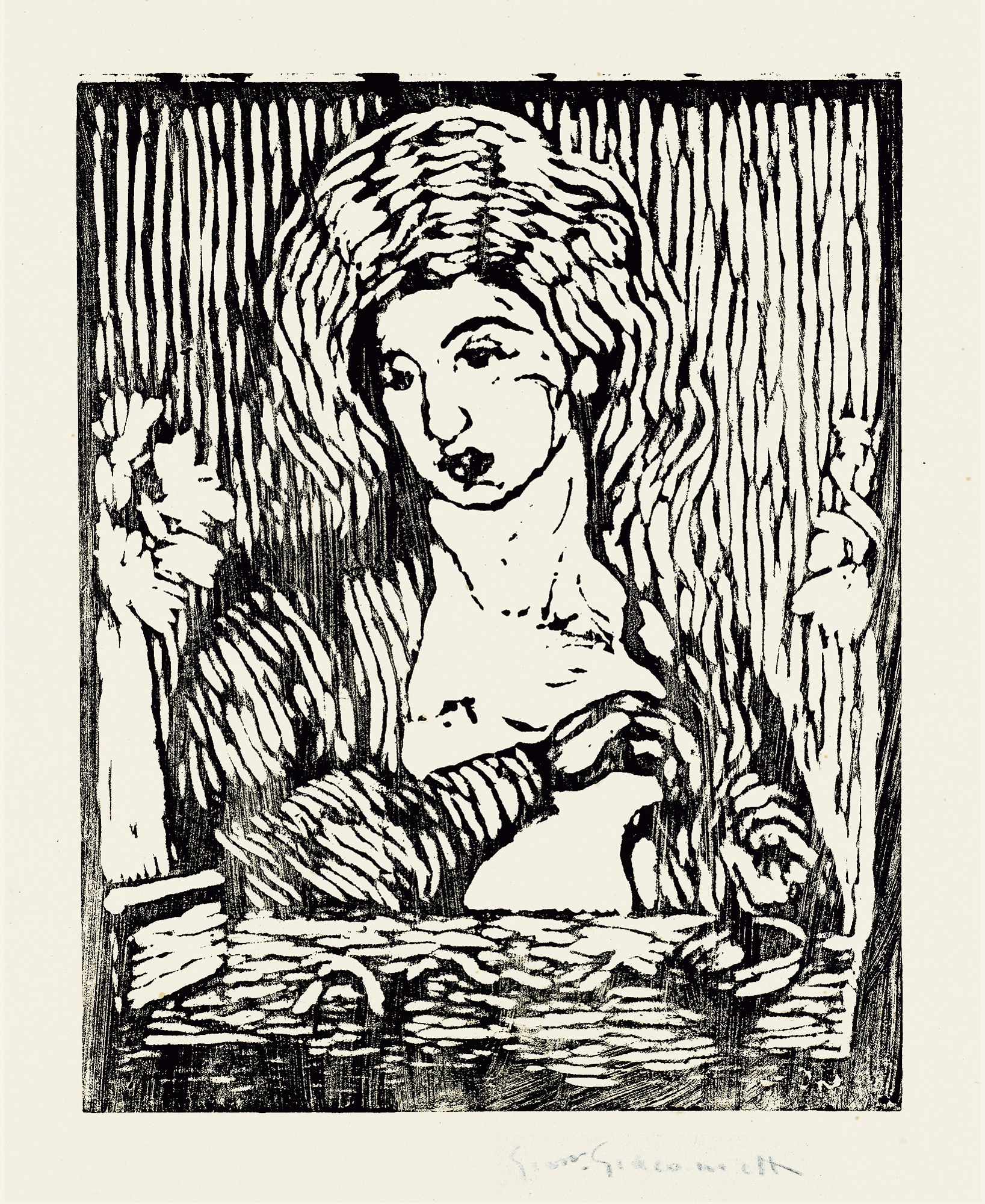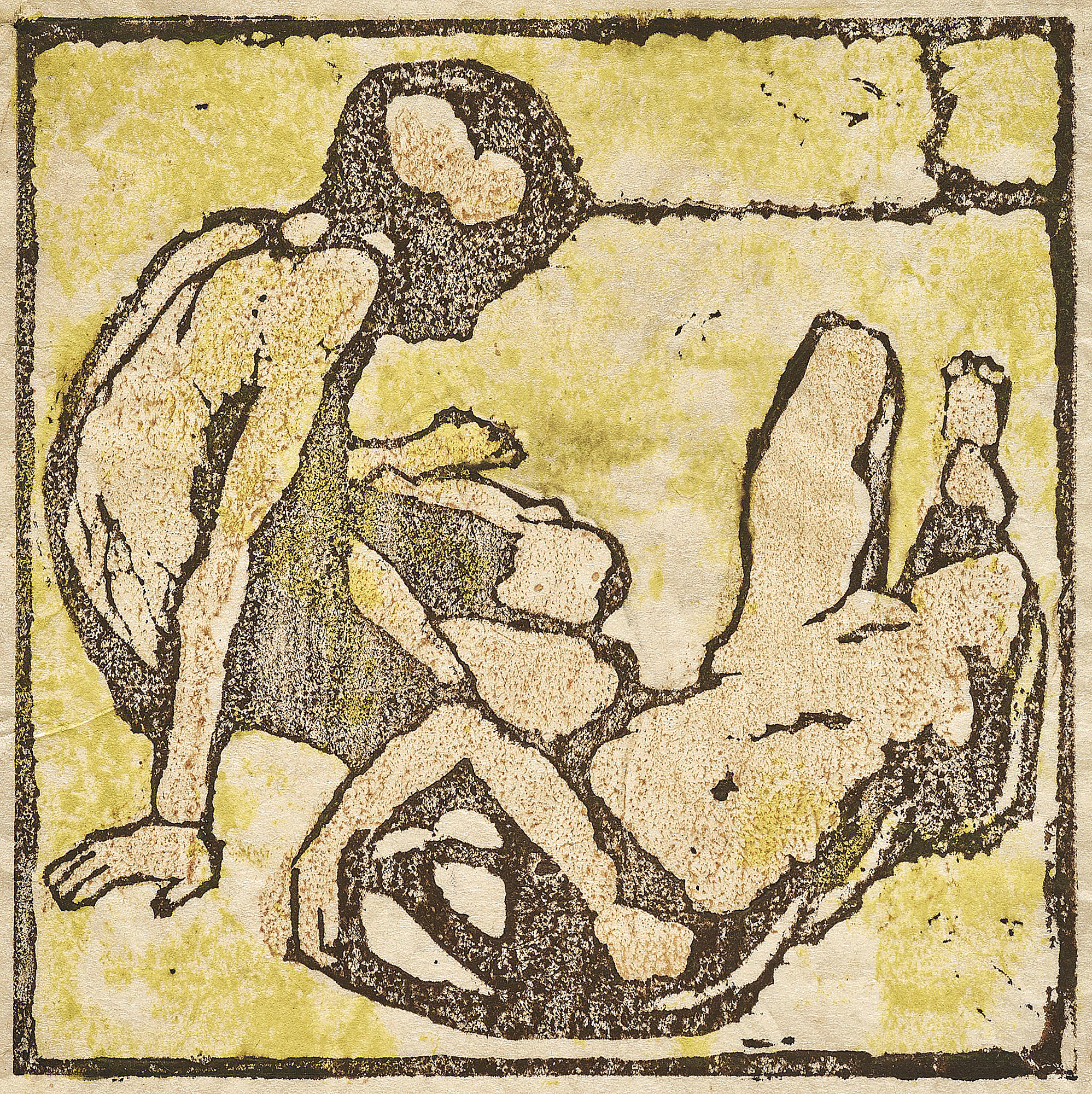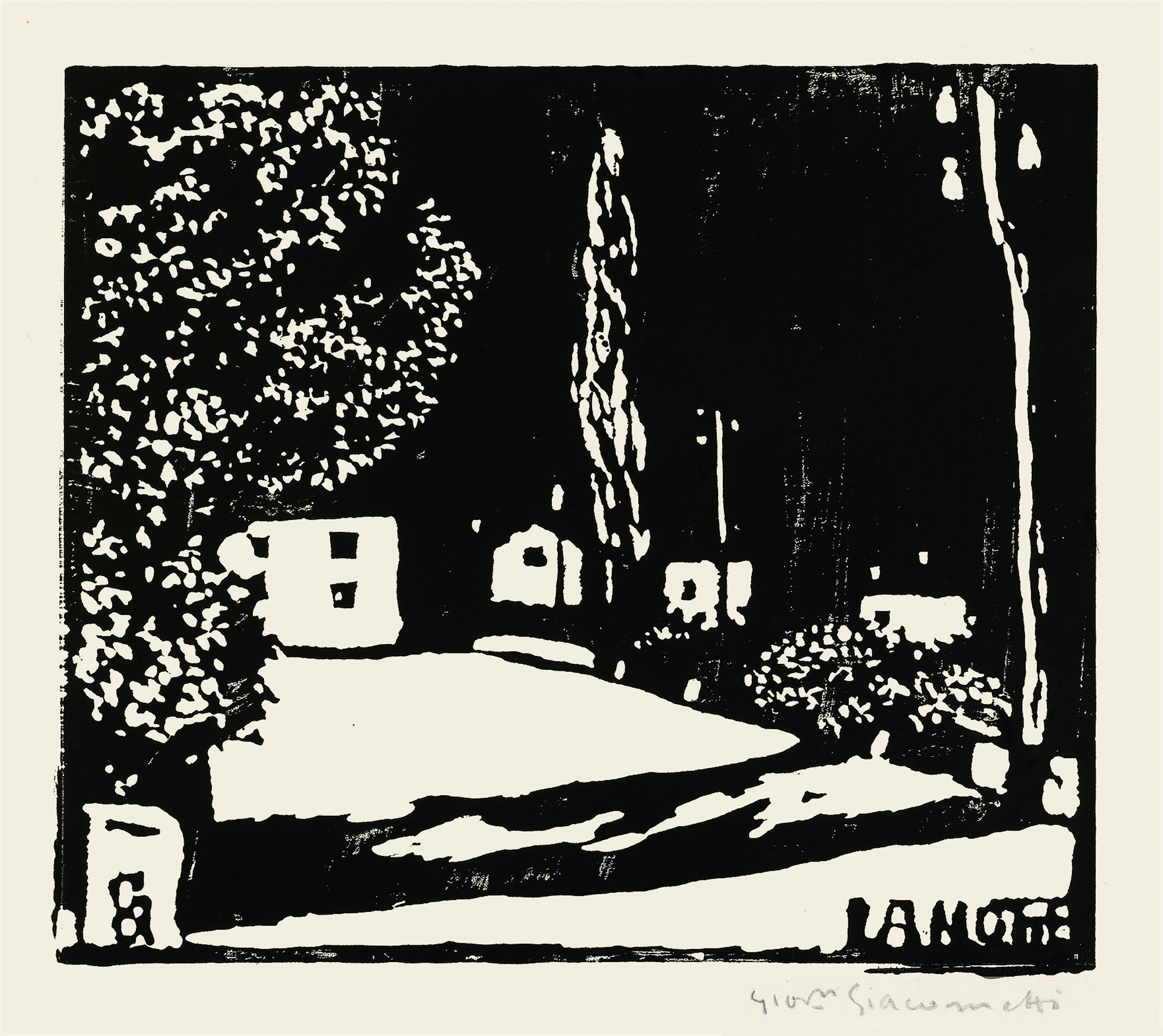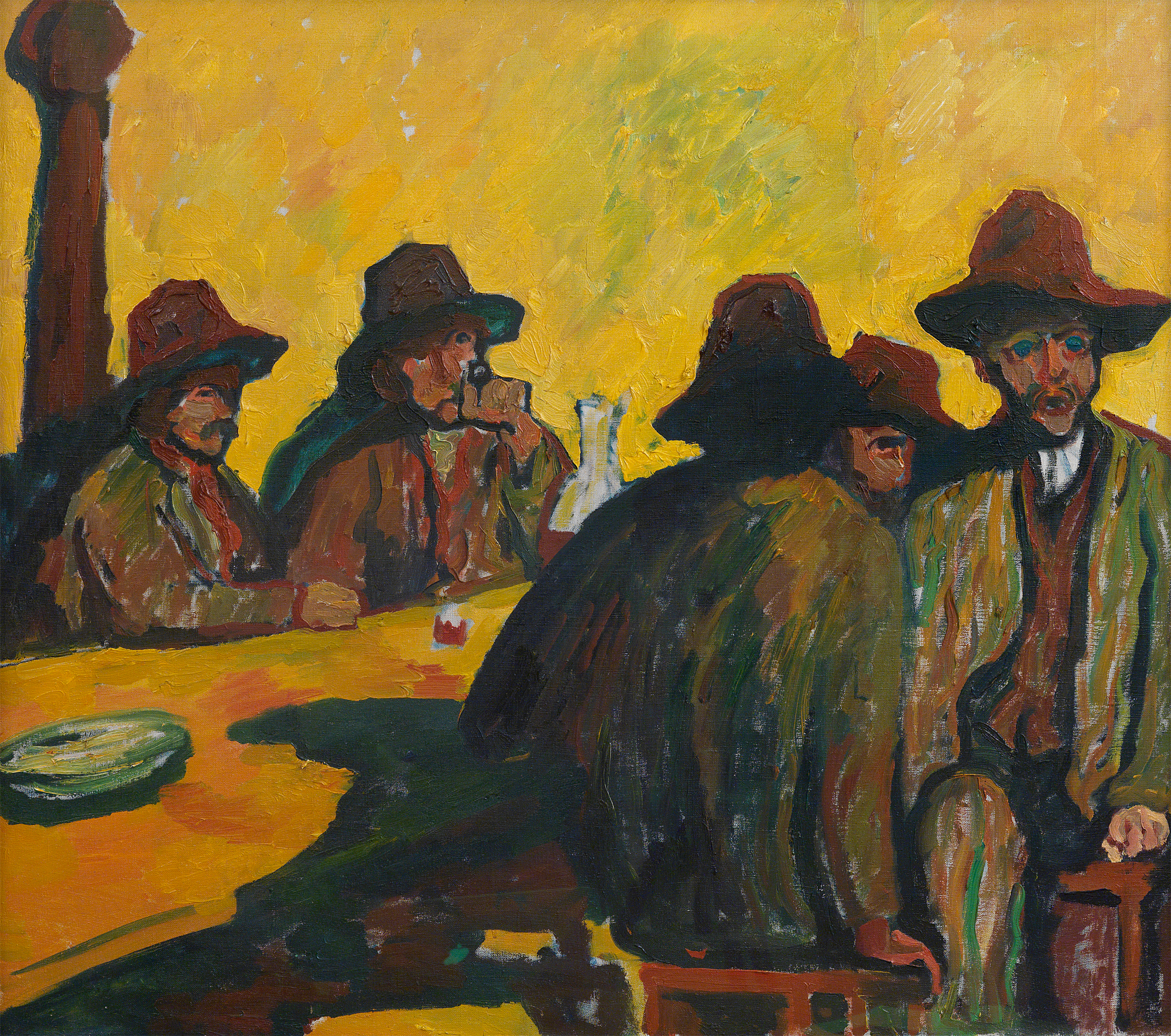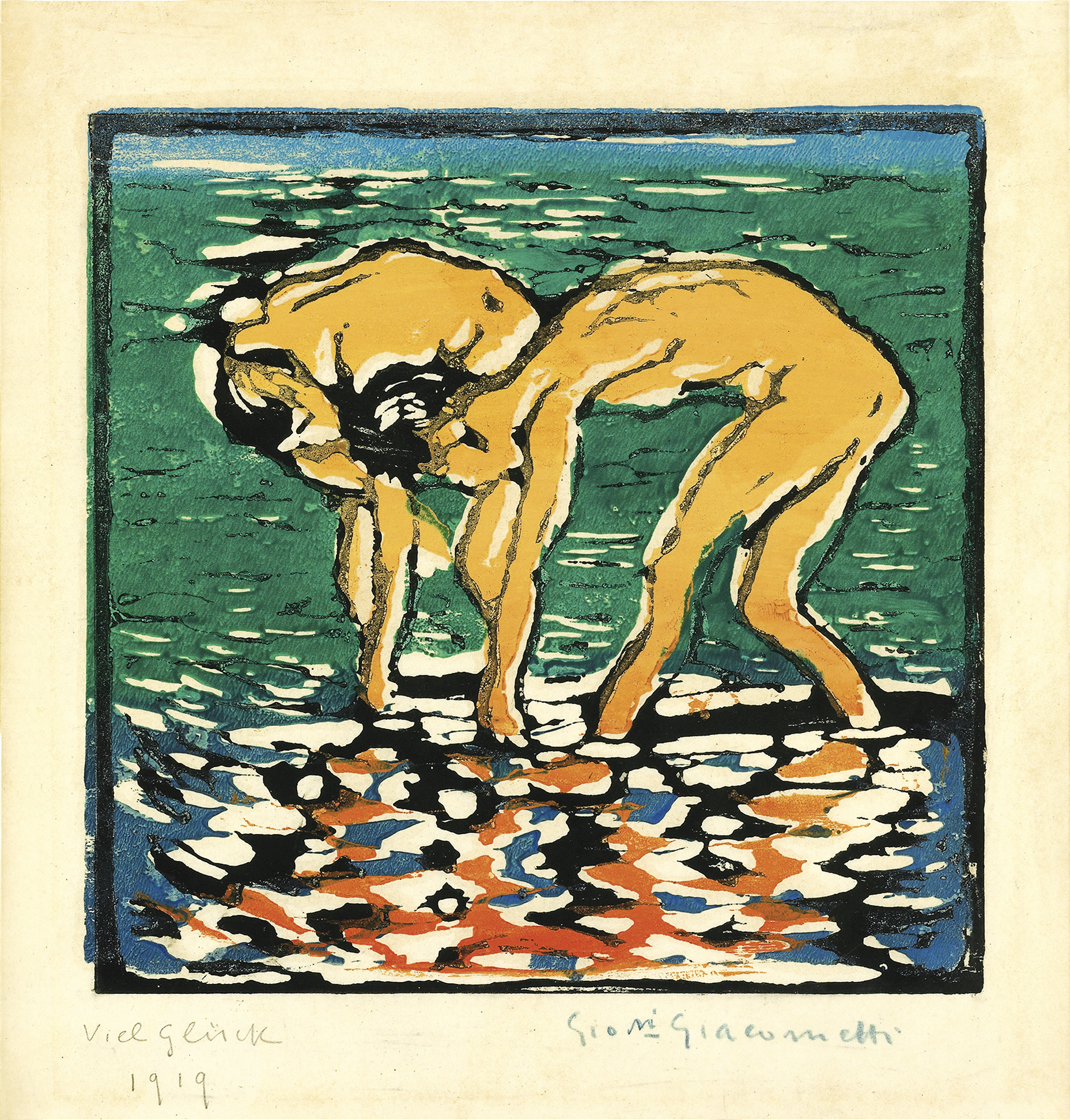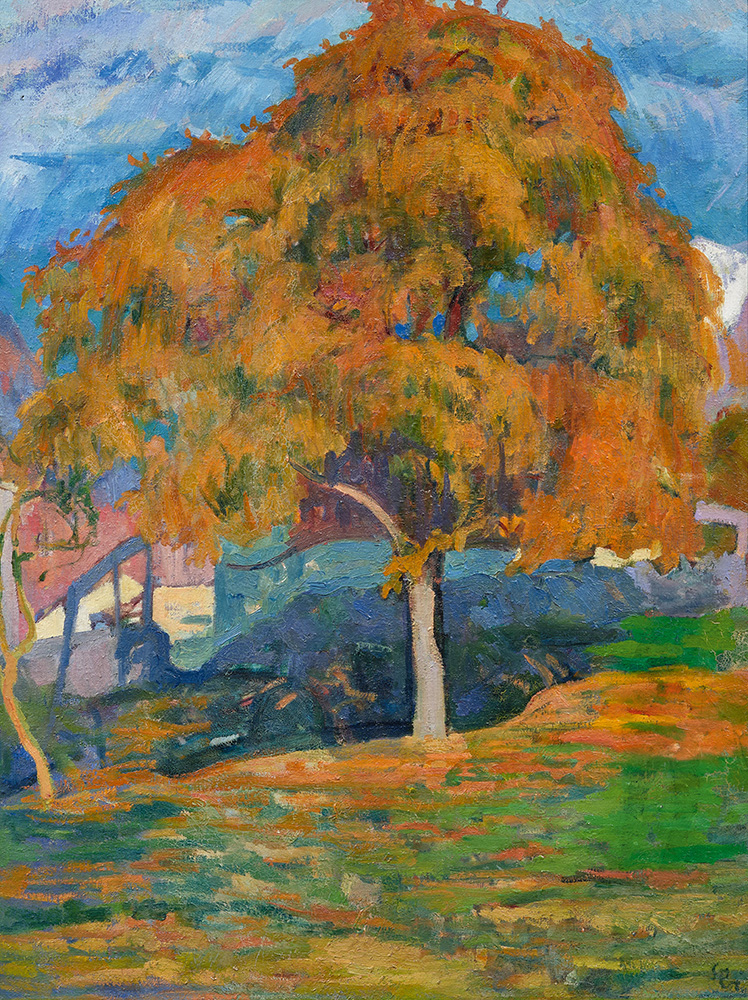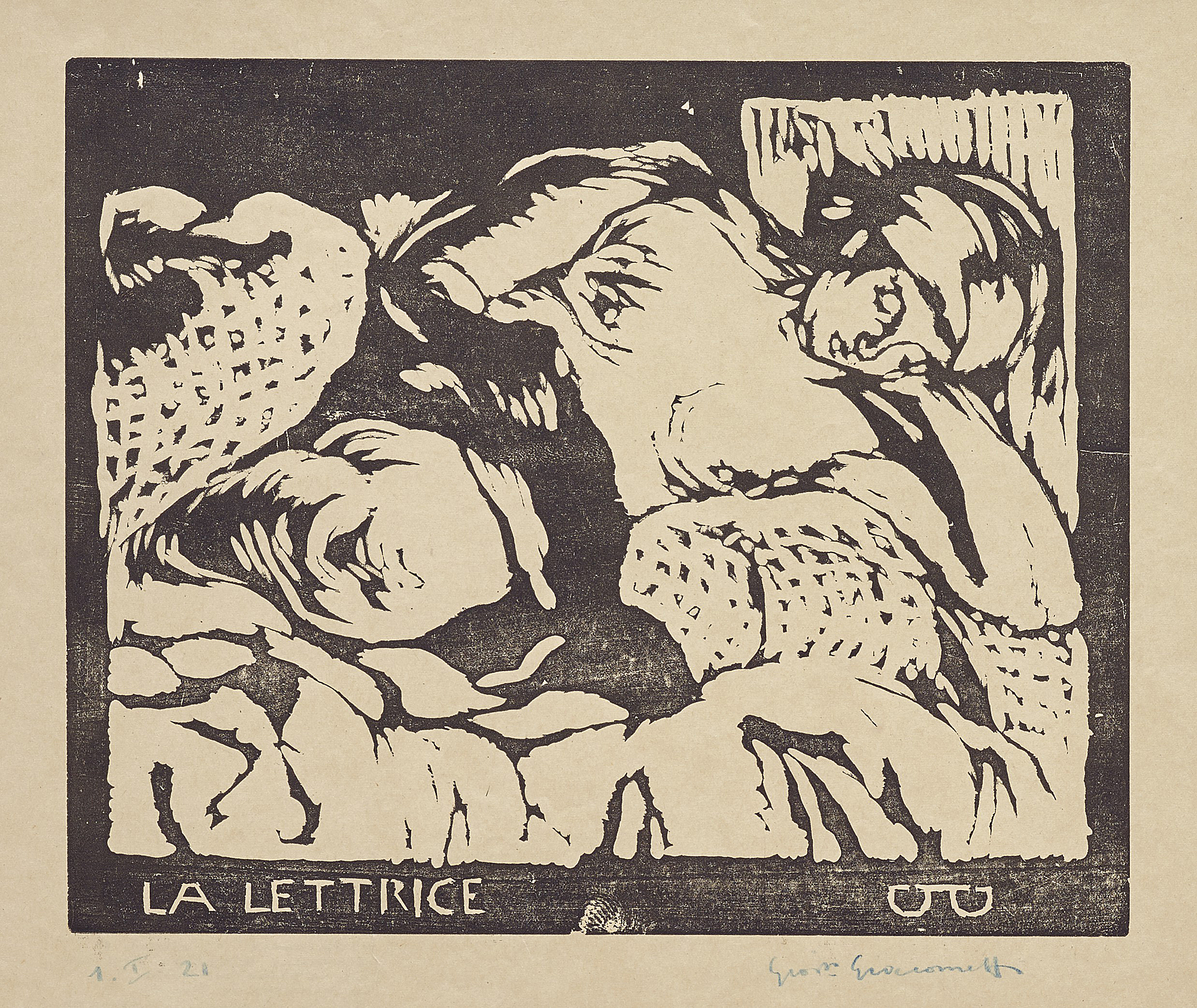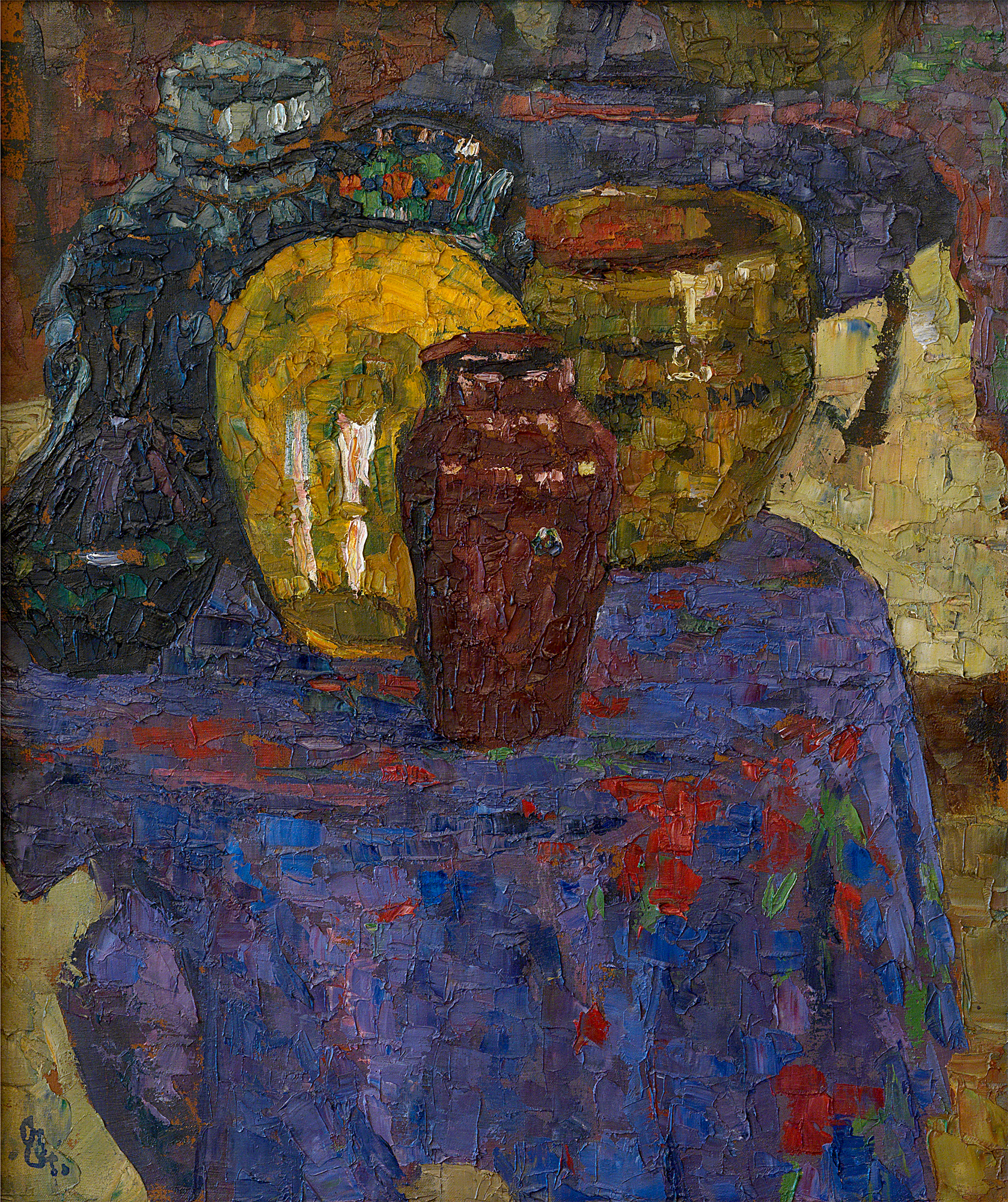Born in 1868 in Stampa in the Val Bregaglia, Giovanni Giacometti showed a talent for drawing at an early age. After receiving encouragement from a teacher, in 1886 he moved to Munich, where he studied at the School of Decorative Arts. There he met Cuno Amiet, who became a lifelong friend. They moved to Paris together and continued their studies at the Académie Julian until 1891. After his return to Stampa, Giacometti made the acquaintance of Giovanni Segantini, who introduced him to the beauty of alpine landscapes and taught him the divisionist painting technique, with fine brushstrokes and thick paint.
From Ferdinand Hodler, who became the godfather of his son Bruno, Giacometti learned the laws of rigorous, ornamental composition. After a symbolist period under Segantini’s influence, he freed himself from the sway of his master and developed a technique based on impressions of color and light, embarking on the path to pointillism. Through Amiet, he was exposed to the experiments of the Pont-Aven School, discovering the work of Paul Gauguin, Vincent Van Gogh and Paul Cézanne, whose similar pictorial interests supported his own experiments. With his audacious pallet and bright orchestrations, he was able to develop and renew the influence of the avant-gardists of his era, adapting it to the landscapes of Grisons.
He was a well-known painter in his time, and his work was shown at major solo exhibitions: in 1912 at the Kunsthaus Zürich and in 1920 at the Kunsthalle Berne. He died at the age of sixty-five in the Glion sanatorium, having paved the way for a family of artists whose members – his cousin Augusto and his sons Alberto, Diego and Bruno – found their own creative paths. Retrospectives of his work were presented at the Kunstmuseum Bern and the Bünder Kunstmuseum in Chur, in 2009 and 2010.
From Ferdinand Hodler, who became the godfather of his son Bruno, Giacometti learned the laws of rigorous, ornamental composition. After a symbolist period under Segantini’s influence, he freed himself from the sway of his master and developed a technique based on impressions of color and light, embarking on the path to pointillism. Through Amiet, he was exposed to the experiments of the Pont-Aven School, discovering the work of Paul Gauguin, Vincent Van Gogh and Paul Cézanne, whose similar pictorial interests supported his own experiments. With his audacious pallet and bright orchestrations, he was able to develop and renew the influence of the avant-gardists of his era, adapting it to the landscapes of Grisons.
He was a well-known painter in his time, and his work was shown at major solo exhibitions: in 1912 at the Kunsthaus Zürich and in 1920 at the Kunsthalle Berne. He died at the age of sixty-five in the Glion sanatorium, having paved the way for a family of artists whose members – his cousin Augusto and his sons Alberto, Diego and Bruno – found their own creative paths. Retrospectives of his work were presented at the Kunstmuseum Bern and the Bünder Kunstmuseum in Chur, in 2009 and 2010.
